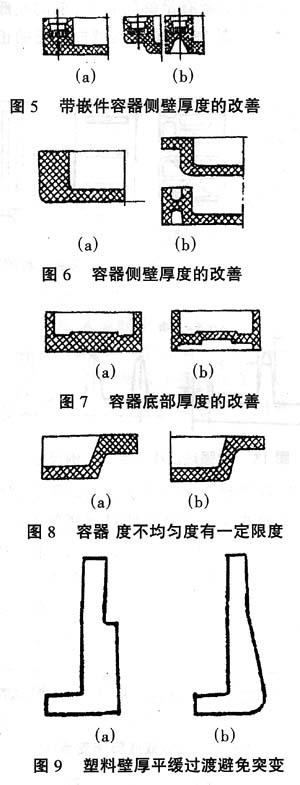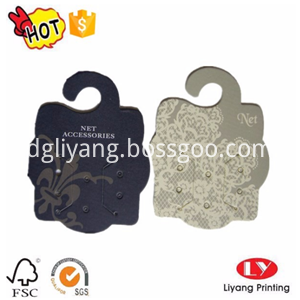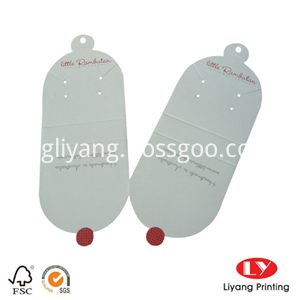1. Wall thickness
The design of the wall thickness of plastic packaging containers is very important. It is determined according to the requirements of the use, strength, fit, structure and weight of the containers, as well as the fluidity, deformation, hardening, ejection mode, etc. during molding, and in particular, it must be decided to meet the requirements. The most economical wall thickness required for performance. Therefore, not only the nature of the plastic should be known, but also the molding conditions.
Commonly used thermosetting plastics, small parts wall thickness take 1.6 ~ 2.5mm; large parts take 3.2 ~ 8.0mm; phenolic phenolic plastics and other poor mobility should take a larger value, but also less than 10.0mm; brittle plastics such as mineral filled phenolic Plastic wall thickness is not less than 3.2mm; thermoplastics can easily be made into thin-walled containers, wall thickness can reach 0.25mm, but the design is generally not less than 0.6 ~ 0.9mm, often take 2.0 ~ 4.0mm.
If the wall thickness is too large, not only raw material is wasted, but also the cooling time is increased, which affects the quality of the product (such as bubbles, shrinkage holes, warpage, etc.).
In addition to the necessary thickness of the plastic container, it is also required that the wall thickness is relatively uniform, and there should be no phenomenon of over-thickness or thinness. Otherwise, due to non-uniform shrinkage, stress concentration occurs and cracks and deformations occur. In Figs. 5 to 9, (a) is an erroneous design, and (b) is an improved design. Of course, it is impossible for any plastic container to achieve the exact same wall thickness. If the plastic structure must have uneven thickness, a gentle transition should be taken to avoid abrupt changes. Uneven wall thickness will cause deformation, and its unevenness has a certain proportion. For example, the thickness ratio of the thermosetting plastic joint is 1:3 to 1:5, and the thickness ratio of the thermoplastic joint is 1:1.2 to 1:1.5.

When deciding the wall thickness of a plastic container, the following factors must be considered: structural strength, demolding strength, dispersion of impact force, and cracking at the insert. The thickness of the weld marks, the degree of burnt in the thin walls, the collapse of the thick walls, and the lack of charge due to fluidity, etc.
In addition to the above, it is also necessary to consider the relationship between wall thickness, ribs, and bosses. When the strength of the wall thickness of the container is insufficient, ribs are provided, or ribs or bosses for other purposes are designed due to the specific requirements of the structure. If the relationship between the wall thickness and the thickness of the ribs and the thickness of the ribs is not correct, the cratering may occur easily. Figure 10 shows the relationship between wall thickness, ribs, and bosses. (to be continued)


